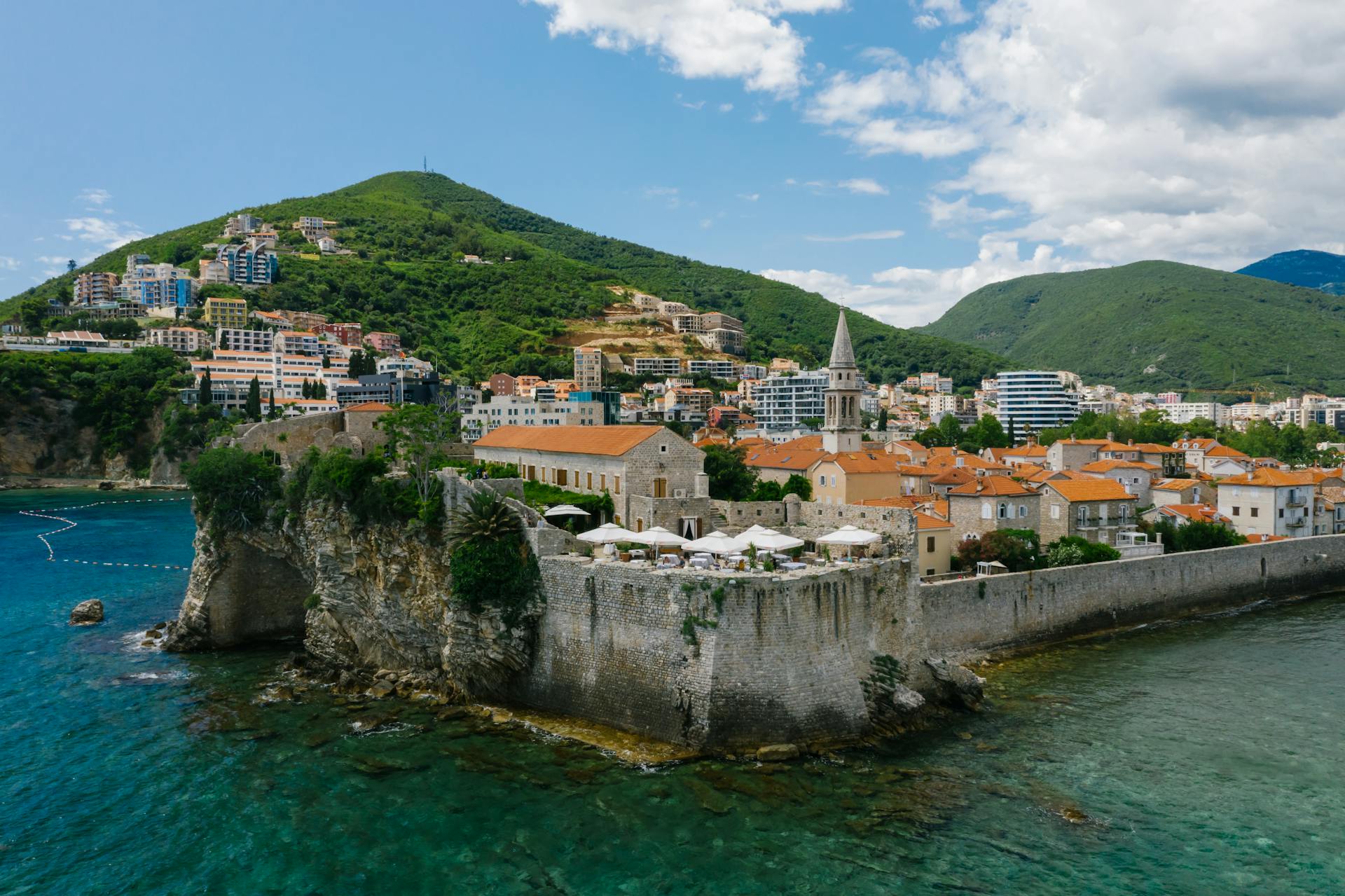
Budva
Legend says that Cadmus, the son of the Phoenician king Agenor and queen Telephassa, left his homeland searching for his sister Europa, who was abducted by Zeus. During this quest, he stayed in many Greek cities, and by the order of the Oracle of Delphi, he settled in Boeotia and founded the famous Thebes, which he ruled for a long time. Here, the gods gave him Harmonia, the daughter of Ares and Aphrodite, as his wife. In old age, the couple was exiled from Thebes and, traveling in an ox cart, arrived in the land of the Enchelei, where they founded a new city – Budva (Bouthoe).


